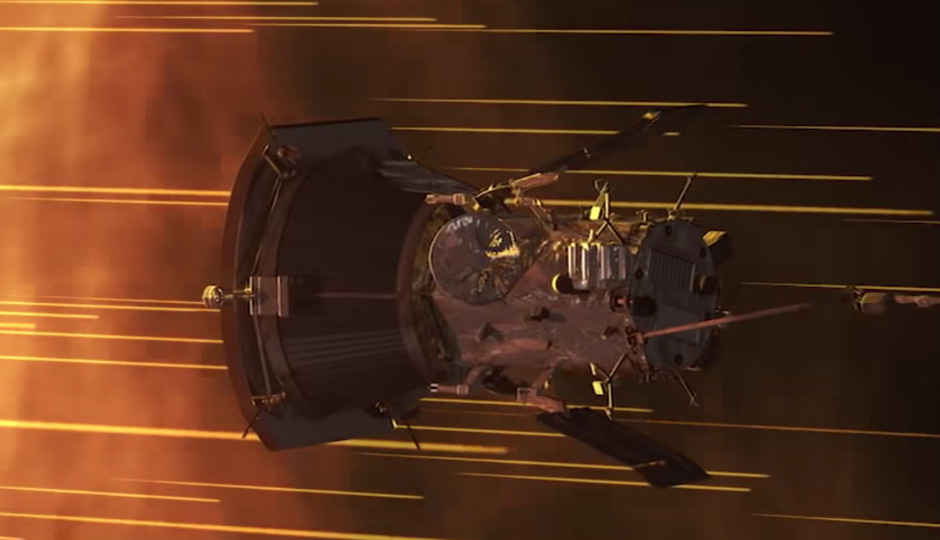
Despite some delays, NASA has finally launched the Parker Space Probe. The American space agency launched the spacecraft in a ULA Delta-IV Heavy rocket on August 12 at 3:31 AM and reported that the rocket was doing well at 5:33 AM. As its name should indicate, the space probe is off to the Sun to study more about solar flares and solar wind. But before it does that, it has a long way to go.
On its first week in space, the Parker Space Probe will deploy its high-gain antenna to keep in touch with the Earth. In early September, it’ll start adjusting its instruments for gathering data. On its way to the Sun, the Parker Space Probe will pass by Venus a total of seven times sometime (in early October) to use the planet’s gravity as a slingshot towards the Sun. In early November, the spacecraft will make its first approach by travelling 15 million miles inside the Sun’s corona (otherwise known as the Sun’s atmosphere). At its closest, the Parker Space Probe will be only 3.8million miles away from the Sun. At that point, it’s expected to be the fastest human-made object because it will be flying at a speed of approximately 6,92,018 km/h (4,30,000 mph).
3-2-1… and we have liftoff of Parker #SolarProbe atop @ULAlaunch’s #DeltaIV Heavy rocket. Tune in as we broadcast our mission to “touch” the Sun: pscp.tv/w/1LyGBQjABdbKN
Explaining to BBC in a news article, project scientist Dr Nicky Fox said, “I realise that might not sound that close, but imagine the Sun and the Earth were a metre apart. Parker Solar Probe would be just 4cm away from the Sun.” Continuing to analogise, she added, “We'll also be the fastest human-made object ever, travelling around the Sun at speeds of up to 690,000km/h (430,000mph) - New York to Tokyo in under a minute!”
In the next seven years, the Parker Space Probe will circle the Sun 24 times to study the physics of the corona, the place from which much of the important activity that affects the Earth arises. During observation, the space probe will get hot—very hot! The corona is millions of degrees Fahrenheit in temperature. Protecting the space probe is a directional heat shield, whose efficiency and reliability are critical to the its survival near the sun.
If the mission is a success, it will give us an understanding of how the Sun works as never before. We should be able to get more insight into the corona’s extreme heat and the forces behind solar wind. This research could help space agencies anticipate solar flares in the future, which are a cause of disruptions in satellites and electrical grids on Earth.

No comments:
Post a Comment